The Magic of Travel and Exploring Fantasy Cultures
Comment number:
6
Advertisement
Showing 7 results
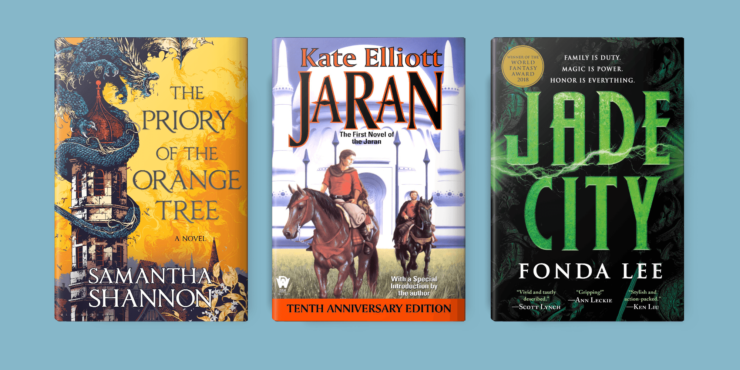
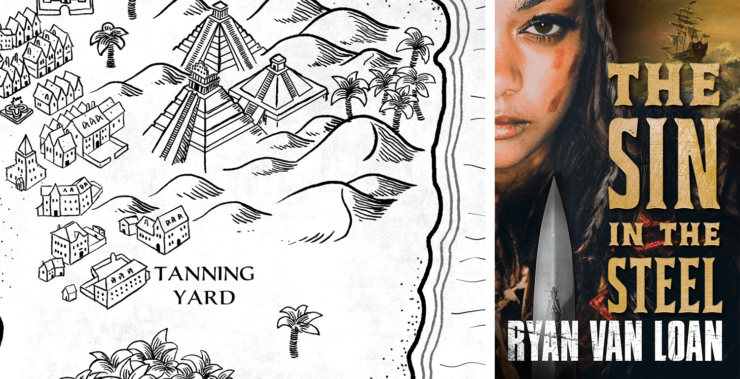
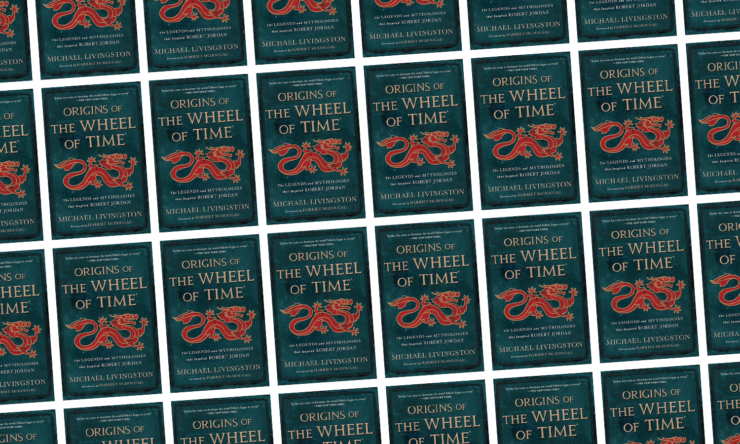
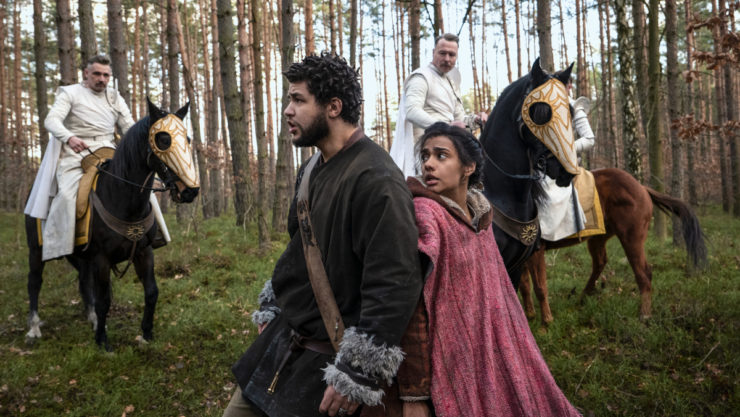
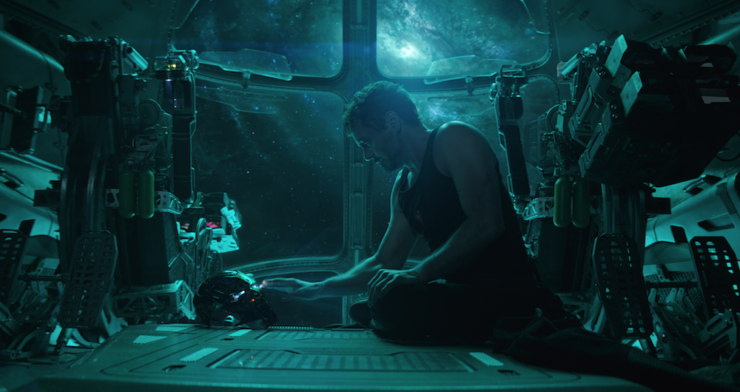
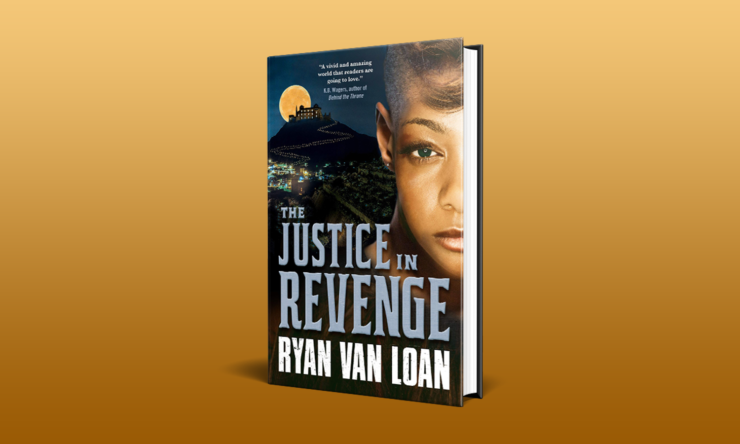
“We are all stardust and stories.”
Erin Morgenstern, The Starless Sea
For compliance with applicable privacy laws:



